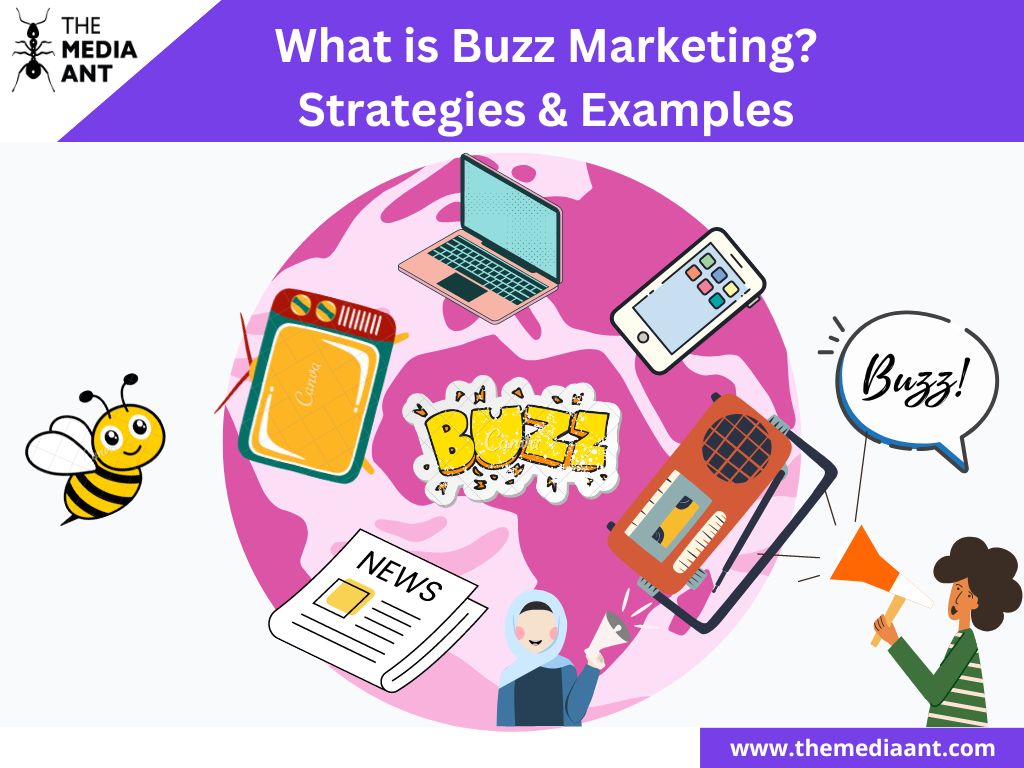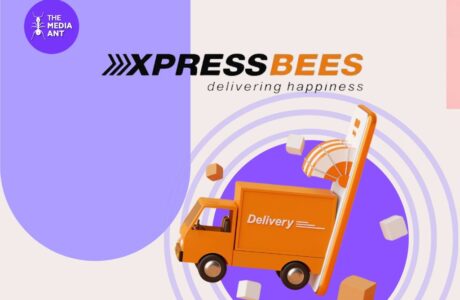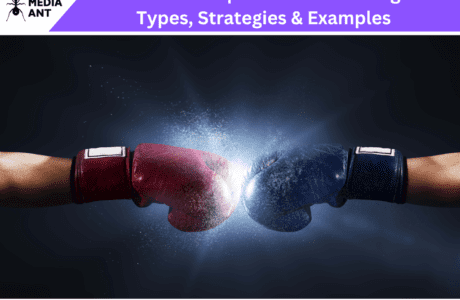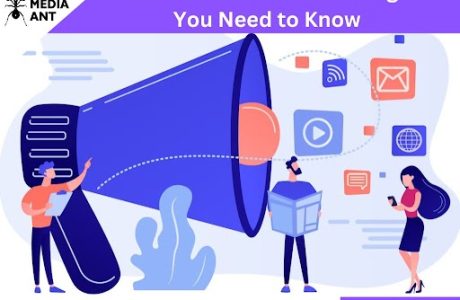Buzz marketing, also known as word-of-mouth marketing or viral marketing, is a promotional strategy that relies on creating a buzz or excitement around a product, service, or brand. This buzz is generated primarily through conversations, both online and offline, among consumers and often involves them sharing information, recommendations, or experiences related to the product or brand with others.
Buzz marketing can be a powerful tool because it leverages the social nature of human behavior. People tend to trust recommendations from friends, family, and peers more than traditional advertising.
When a product or brand generates positive buzz, it can lead to increased awareness, engagement, and ultimately, sales. However, it’s essential for businesses to ensure that the buzz is authentic and not manufactured, as consumers can quickly detect inauthentic attempts to create buzz, which may backfire.
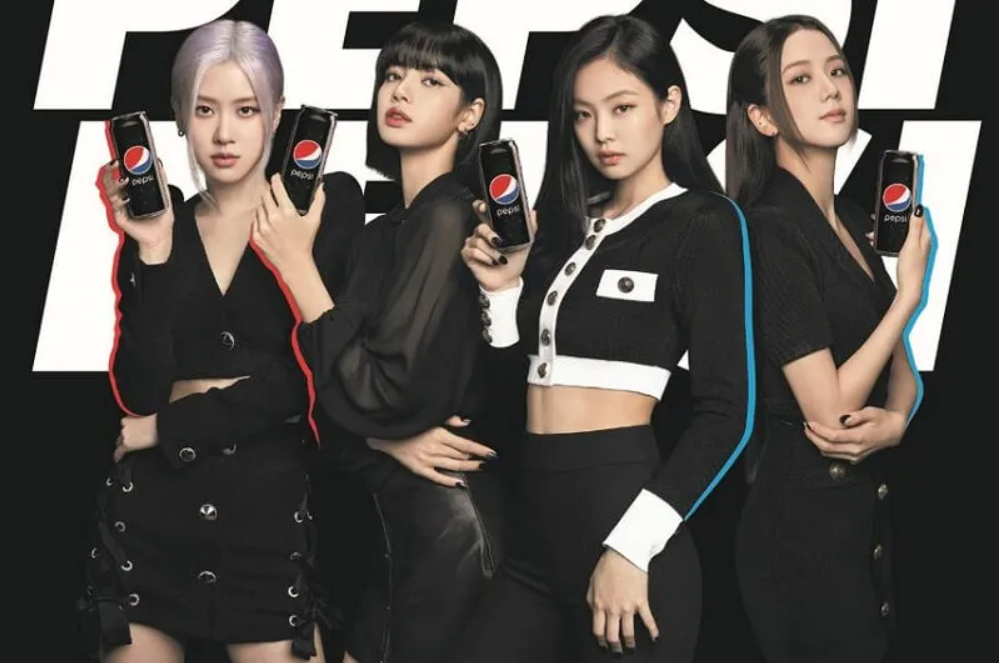
What is Buzz Marketing meaning?
Buzz marketing is a strategy that generates excitement and conversations about a product or brand through word of mouth and social interaction. It relies on consumer recommendations, viral content, and influencer partnerships to create a “buzz” and increase brand awareness and engagement.
Key characteristics of buzz marketing include:
- Word of Mouth: It focuses on encouraging people to talk about and share their experiences with a product or brand. Positive word-of-mouth can be highly influential.
- Consumer-Generated Content: Buzz marketing often involves user-generated content, such as reviews, testimonials, or social media posts, which can amplify the message and reach a wider audience.
- Influencers: Collaborating with influencers or individuals with a significant online following can help generate buzz as they share their opinions and experiences with their followers.
- Contagious Content: Creating content that is intriguing, entertaining, or thought-provoking can make it more likely to be shared, creating a buzz around the brand.
- Surprise and Novelty: Unconventional or unexpected marketing approaches can pique people’s interest and generate buzz.
- Social Media: Social platforms play a significant role in buzz marketing, as they provide a space for discussions, sharing, and the potential for content to go viral.
- Experiential Marketing: Creating unique and memorable experiences for customers can lead to them talking about the brand with enthusiasm.
How does Buzz Marketing work?
Buzz marketing works by creating a buzz or excitement around a product, service, or brand to stimulate consumer conversations and word-of-mouth recommendations. Here’s how it typically works:
- Creating Intrigue: Businesses develop unique and intriguing marketing campaigns, content, or experiences that capture the audience’s attention and generate curiosity.
- Targeting Influencers: Collaborating with influential individuals or groups who have a substantial following and can help amplify the message.
- Leveraging Social Media: Sharing engaging and shareable content on social media platforms to encourage discussions and sharing.
- User-Generated Content: Encouraging customers to share their experiences and reviews on social media, generating authentic buzz.
- Surprise and Novelty: Employing unconventional or unexpected marketing tactics to surprise and engage the audience.
- Experiential Marketing: Creating memorable and immersive experiences that encourage attendees to share their experiences with others.
- Contests and Challenges: Launching contests or challenges that encourage participation and sharing among consumers.
- Emphasizing Shareable Content: Creating content that is highly shareable, whether it’s entertaining, emotional, or thought-provoking.
- Monitoring and Engagement: Actively monitoring social media and online conversations, responding to comments, and participating in discussions.
- Tracking and Measurement: Measuring the success of the buzz marketing campaign through metrics like engagement, reach, and brand mentions.
Buzz marketing leverages the power of consumer recommendations and social media to create organic and authentic excitement around a brand, product, or service, ultimately leading to increased brand awareness and potential customer acquisition.
Buzz Marketing Strategies
Buzz marketing strategies are designed to generate excitement and stimulate conversations about a product, service, or brand. These strategies aim to encourage word-of-mouth recommendations, create viral content, and foster engagement. Here are some effective buzz marketing strategies:
- Influencer Partnerships: Collaborate with influencers who have a substantial following in your niche to promote your product or brand. Influencers can help reach a wider audience and generate buzz.
- Contests and Challenges: Organize creative contests or challenges that encourage user participation and sharing on social media. Make sure the challenge aligns with your brand’s values or products.
- Experiential Marketing: Create unique and memorable experiences for your customers that leave a lasting impression and motivate them to share their experiences with others.
- Viral Content: Develop content that is entertaining, emotional, or thought-provoking, with the potential to go viral. This can include videos, images, or interactive campaigns.
- User-Generated Content: Encourage your customers to share their experiences and reviews on social media. Share user-generated content on your official channels to showcase authenticity.
- Teasers and Mystery Campaigns: Create suspense and anticipation around a product launch or event by releasing teaser content or cryptic messages that pique curiosity.
- Surprise and Delight: Surprise your customers with unexpected gestures, gifts, or acts of kindness that leave them pleasantly surprised and eager to share their positive experiences.
- Social Media Engagement: Actively engage with your audience on social media platforms by responding to comments, participating in discussions, and sharing user-generated content.
- Authentic Storytelling: Share authentic and relatable stories about your brand’s journey, values, or the people behind the brand. Authenticity can resonate with customers and encourage them to share your story.
- Emotional Appeal: Create content that taps into emotions like happiness, nostalgia, or empathy. Emotional content tends to be more shareable and memorable.
- Trend Riding: Stay informed about current trends, events, or pop culture phenomena, and leverage them in your marketing campaigns to connect with your audience.
- Social Proof: Highlight social proof, such as customer reviews, ratings, or endorsements from trusted sources, to build trust and credibility.
- Limited-Time Offers: Promote time-sensitive offers or exclusive deals to create a sense of urgency and encourage sharing among your audience.
- Interactive Campaigns: Develop interactive and engaging campaigns, such as quizzes, polls, or challenges, that encourage user participation and sharing.
- Community Building: Create and nurture an online community around your brand or product where customers can connect, share experiences, and become brand advocates.
- Educational Content: Share informative and educational content that addresses common questions or challenges within your niche. This positions your brand as a valuable resource.
- Local Events: Host or sponsor local events and activities that resonate with your target audience, creating opportunities for in-person engagement and word-of-mouth promotion.
- Sustainability Initiatives: Highlight your brand’s commitment to sustainability and eco-friendly practices, as these topics often generate positive buzz.
- Partnerships: Collaborate with complementary brands or organizations on joint campaigns or initiatives, expanding your reach and generating buzz through shared efforts.
- Monitoring and Measurement: Continuously monitor social media and online conversations to gauge the effectiveness of your buzz marketing strategies and make necessary adjustments.
Effective buzz marketing strategies should align with your brand’s identity and values while appealing to the interests and preferences of your target audience.
Buzz Marketing Examples
Ice Bucket Challenge: The ALS Ice Bucket Challenge became a viral sensation in 2014. Participants dumped a bucket of ice water over their heads, shared the video on social media, and challenged others to do the same. This campaign raised awareness and millions of dollars for ALS research.
An independent research organization reported that donations from the 2014 ALS Ice Bucket Challenge enabled The ALS Association to increase its annual funding for research around the world by 187 percent.
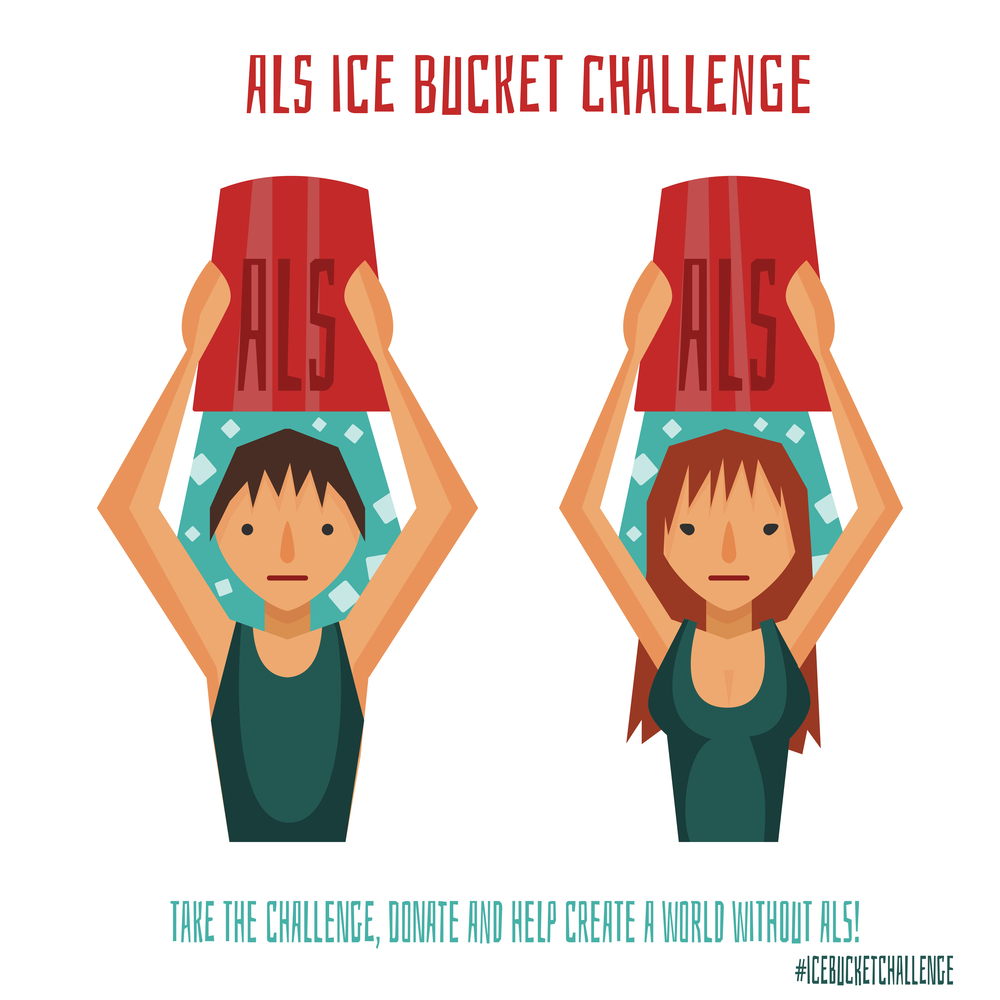
Dove’s Real Beauty Campaign: Dove’s campaign aimed to redefine beauty standards by featuring real women of all shapes and sizes in their advertisements. This initiative sparked conversations about self-esteem and body image.
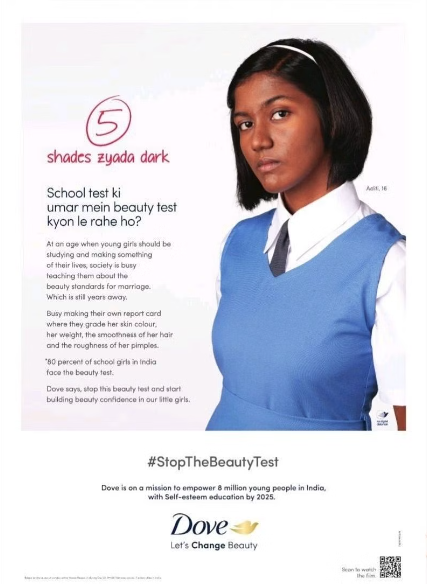
Dove collaborated with researchers from prestigious institutions, including Harvard University and the London School of Economics, along with StrategyOne, to explore women’s perceptions of beauty, their definitions of beauty, their satisfaction levels with their own appearance, and how beauty impacts their well-being.

Their extensive research involved interviews with 3,200 women aged 18-64 and yielded rather disheartening results. Globally, a mere 12% of women expressed satisfaction with their physical appearance. Strikingly, no women characterized themselves as “gorgeous,” only 1% described themselves as “stunning,” and just 2% used the term “beautiful” to describe themselves.
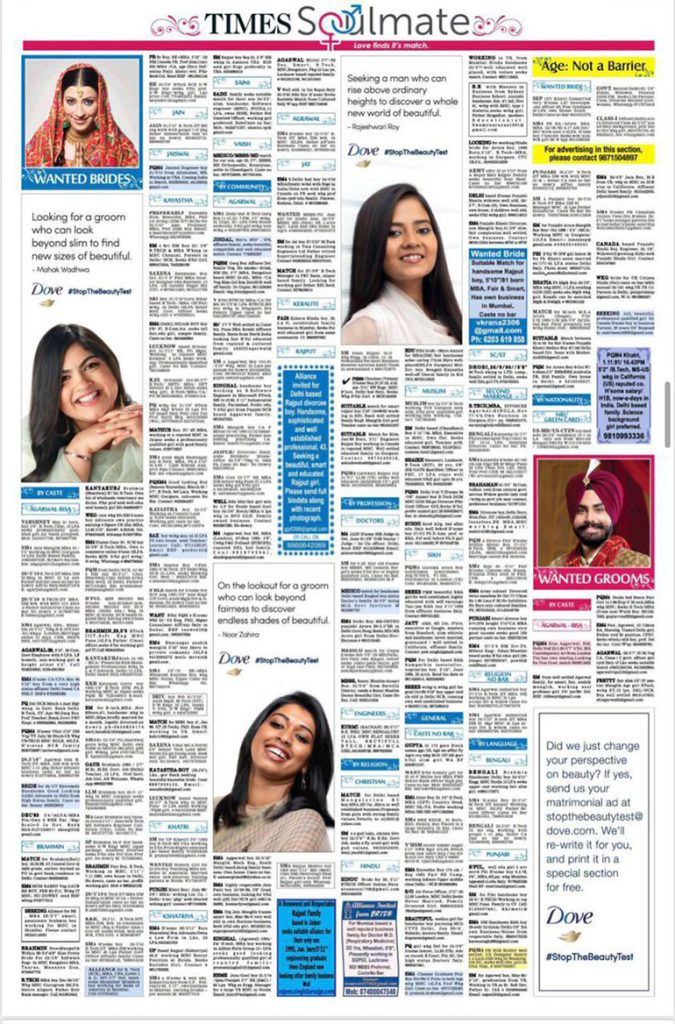
To address these concerning findings, Dove partnered with Ogilvy and Mather to develop a campaign that goes beyond traditional beauty branding. Instead, Dove positions itself as a brand that genuinely cares about and engages with the needs and concerns of consumers.
Durex’s #EndBedroomDistancing: Durex, the trusted condom brand, is known for its witty and humorous social media posts. Their engaging and often cheeky content has earned them a dedicated following and viral attention.
Durex addressed the idea that while flavored condoms can enhance the atmosphere, they might not convey genuine emotions. To tackle this, Durex introduced a new product – ultra-thin flavored condoms, seamlessly integrating it into their brand messaging. Their overarching campaign aimed to eradicate “Bedroom Distancing.”
Commencing with a preliminary buzz phase, Durex launched a creative campaign discussing the concept of Bedroom Distancing. Renowned figures such as Harshvardhan Rane from “Haseen Dilruba” and “Taish” and actor Prateik Babbar contributed to this conversation. They shed light on this unique concept, which many in the audience may have experienced but not necessarily identified.
To sustain the buzz, Durex implemented an influencer-driven aspect of the campaign. This segment featured a diverse mix of personalities from the Hindi film industry, including Radhika Apte, TV celebrities like Anita H Reddy and Prince Narula, music artist Badshah, and regional star Ritabhari Chakraborty, particularly popular among Bengali-speaking audiences. The campaign’s television commercial was further amplified through the social media channels of these featured personalities.
Flipkart’s “Big Billion Days”: The Flipkart Big Billion Days campaign is an annual e-commerce extravaganza that has become a hallmark of online shopping in India. This event is marked by significant discounts, exclusive deals, and enticing offers across a wide array of product categories, and it garners immense attention from shoppers nationwide. Analyzing this campaign reveals several key insights.
The Big Billion Days campaign propels a substantial increase in website and mobile app traffic. The surge in online visitors is a testament to the campaign’s effectiveness in capturing consumer attention and driving engagement.
Furthermore, this campaign exists within the backdrop of fierce competition among e-commerce giants in India. Rivalry with competitors like Amazon fuels innovative marketing strategies and a wider array of deals, ultimately benefiting consumers who have come to expect nothing less during this annual shopping extravaganza.
Netflix’s “Sacred Games” Promotions: Netflix generated significant buzz for its original Indian series, “Sacred Games,” by releasing intriguing teaser trailers and leveraging the star power of actors like Saif Ali Khan and Nawazuddin Siddiqui.
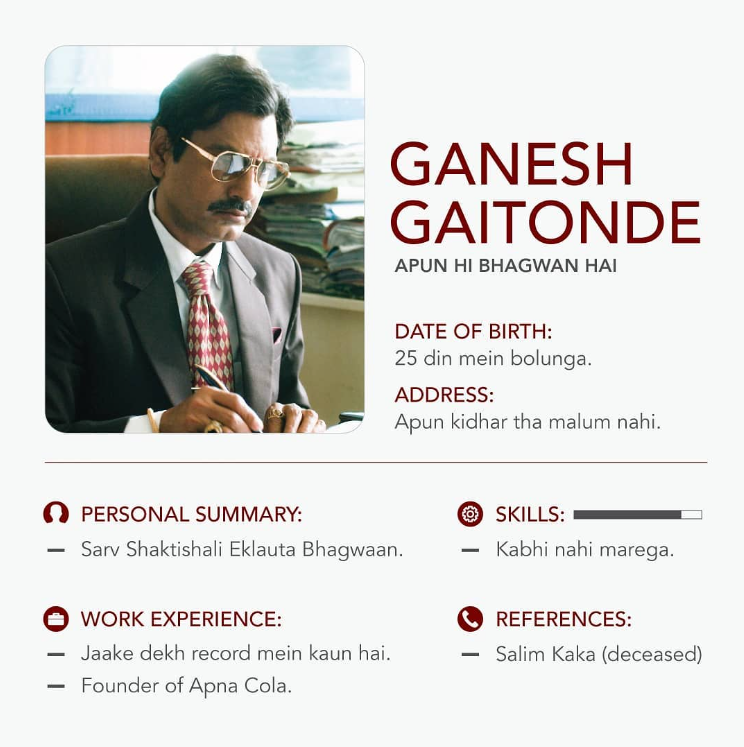
The announcement itself made fans go crazy that it grabbed attention all over the social media 25 days ago saying “25 days mein kuch bada honey wala ha”. Twitter is a great platform for brands to engage with audiences and during these 25 days, Netflix was super active on Twitter with witty tweets about Sacred Games 2.
FAQs Related to Buzz Marketing
What is the role of buzz marketing?
The role of buzz marketing is to create excitement, generate interest, and stimulate conversations about a product, service, or brand. Its primary objectives include:
- Increasing Brand Awareness: Buzz marketing aims to make a product or brand well-known by creating a buzz or word-of-mouth discussions, expanding its reach beyond traditional advertising.
- Generating Interest: It piques the curiosity and interest of potential customers, drawing them into the brand’s story or campaign.
- Fostering Word-of-Mouth: Buzz marketing relies on consumers sharing their positive experiences or recommendations with others, leveraging the power of word-of-mouth referrals.
What are the three stages of buzz marketing?
Buzz marketing typically involves three stages:
- Creation: In this stage, the focus is on creating content, campaigns, or experiences that are attention-grabbing, unique, and likely to generate buzz. This could involve designing viral marketing campaigns, teaser campaigns, or creating intriguing and shareable content.
- Amplification: Once the content or campaign is created, the goal is to amplify it by encouraging sharing, discussions, and engagement among the target audience. This often involves leveraging social media platforms, influencers, and user-generated content to spread the message and create a buzz.
- Sustaining: After the initial buzz is generated, the challenge is to sustain and prolong the momentum. This can be achieved by keeping the audience engaged, responding to comments and feedback, and maintaining a consistent presence in the conversations and discussions surrounding the brand or product.
What brands use buzz marketing?
Many well-known brands use buzz marketing as part of their marketing strategies to generate excitement, engage customers, and create word-of-mouth conversations. Here are a few examples:
Dove’s Real Beauty Campaign
Old Spice
Amul
Red Bull
What is buzz marketing with examples?
Buzz marketing, also known as word-of-mouth marketing, is a strategy that relies on creating a buzz or excitement around a product, service, or brand through consumer conversations and sharing. Here are some examples to illustrate buzz marketing:
Apple Product Launches: Apple is known for its secretive product launches and teaser campaigns that generate anticipation and excitement among consumers. For example, the release of a new iPhone often involves teaser images and cryptic messages, fueling discussions and speculation in the media and among consumers.
Red Bull’s Extreme Stunts: Red Bull is synonymous with extreme sports and daring stunts. They often sponsor and create events like the Red Bull Stratos space jump, which generated widespread media coverage and buzz.
What is viral vs buzz marketing?
Viral Marketing: Viral marketing is a strategy that creates content so engaging, entertaining, or thought-provoking that it spreads rapidly through social media and online channels. The content is shared voluntarily by users, leading to exponential reach and visibility, often resulting in widespread brand awareness and engagement.
Buzz Marketing: Buzz marketing generates excitement and conversations about a product, service, or brand. It relies on word-of-mouth recommendations, viral content, and engagement to create a “buzz” that captures consumer attention, enhances brand awareness, and fosters authentic, often ongoing, discussions and interactions within the target audience.

